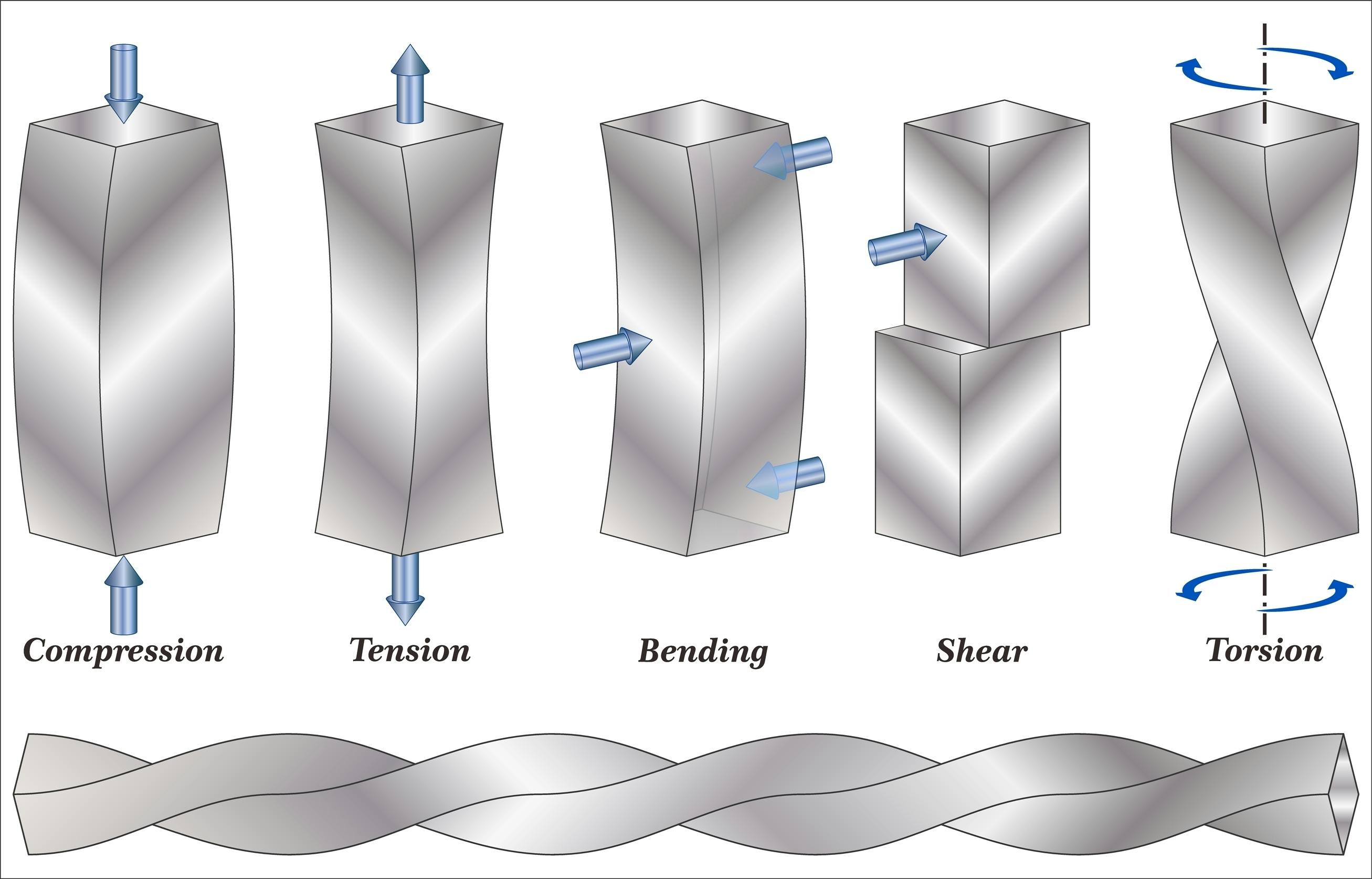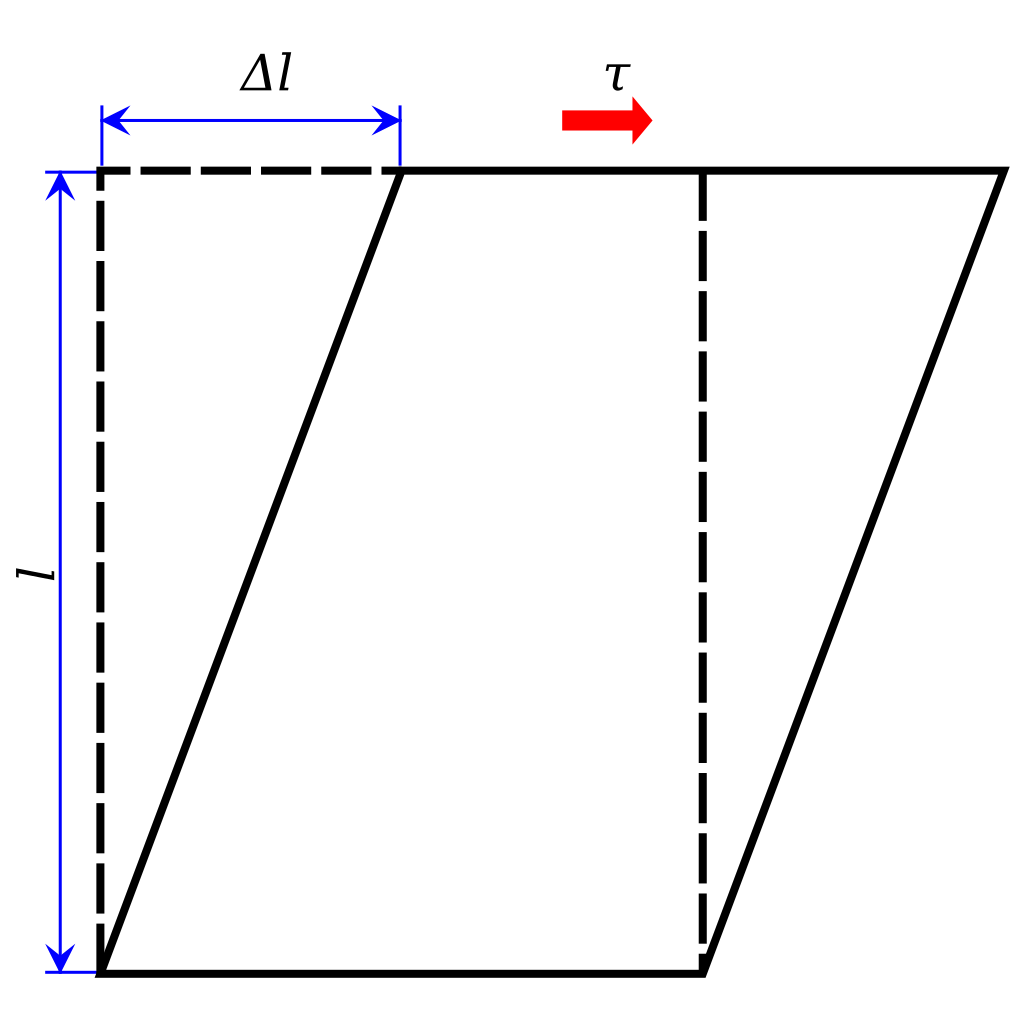- 14,834
- 12,261
I've recently had some indentation calcs pointed out to me by Vapourrr. Many of these calcs had other issues, but even if those were fixed, it would still give unrealistically high results.
I'm going to lowball some figures for simplicity; this is fine since despite underestimating the value, I end up with a result well above what we accept humans to be able to dish out with a single strike.
Lets say that the dent was a circle with a radius of ten centimeters (despite it visually being much larger). That would give an area of 0.0314 m^2.
Multiplying that by the needed pressure of 350 MPa (since that's the accepted constant for four out of five of these calcs; one uses 275), gives a force of 11 N, Class M.
Lets say that the dent was displaced by 0.625 mm (despite some calcs using higher constants for the thickness of metal in cars).
That gives an energy needed of 6,875 Joules, Street level, only 2.18x away from 9-B.
That is ludicrous for a single kick by an ordinary human. A more accurate measurement would easily land it in 9-B. So would simply using some of the assumptions the calcs I'll link below did (displacement of 3mm would give 55,000 Joules, about 4x baseline wall level).
Due to the ludicrous inflation of values, I suggest not calculating these sorts of feats until a better method can be sorted out, and that all calcs using it should be considered invalid.
General Issues
Here is a video of a real life human causing a dent in a car.I'm going to lowball some figures for simplicity; this is fine since despite underestimating the value, I end up with a result well above what we accept humans to be able to dish out with a single strike.
Lets say that the dent was a circle with a radius of ten centimeters (despite it visually being much larger). That would give an area of 0.0314 m^2.
Multiplying that by the needed pressure of 350 MPa (since that's the accepted constant for four out of five of these calcs; one uses 275), gives a force of 11 N, Class M.
Lets say that the dent was displaced by 0.625 mm (despite some calcs using higher constants for the thickness of metal in cars).
That gives an energy needed of 6,875 Joules, Street level, only 2.18x away from 9-B.
That is ludicrous for a single kick by an ordinary human. A more accurate measurement would easily land it in 9-B. So would simply using some of the assumptions the calcs I'll link below did (displacement of 3mm would give 55,000 Joules, about 4x baseline wall level).
Due to the ludicrous inflation of values, I suggest not calculating these sorts of feats until a better method can be sorted out, and that all calcs using it should be considered invalid.
Specific Issues
- Saitama denting a car hood
- Application Issues: Derived area incorrectly. The area is not the width of the car multiplied by the thickness of the hood, it's the surface area of the part of the metal which was deformed. The displacement doesn't really have much reason to be half of the car hood's width; those values are just not correlated.
- Relevant calc group members: @KLOL506
- Shinichiro Sano denting a metal street lamp
- Kuga makes a dent
- Application Issues: None that I could see from a quick glance.
- Relevant calc group members: @KLOL506, @Dalesean027, @Dark-Carioca
- Shuka dents a steel door
- Application Issues: We can see from the scans that while the "spike" is fully embedded in the wall, past the rest of the crater, while the "hook" and the connection of it to the "spike" are sticking out into the depth of the crater. Essentially, calculating the depth of the crater as being the length of the "spike" is incorrect, since the "spike" goes deeper than the crater. On top of that, the diameter of the dent was taken from a zoomed-out panel, which showed a vastly different diameter than the zoomed-in panel immediately following it.
- Relevant calc group members: @Psychomaster35
- Andrew crushes a car
- Application Issues: None that I could see from a quick glance.
- Relevant calc group members: @Flashlight237
Last edited:

